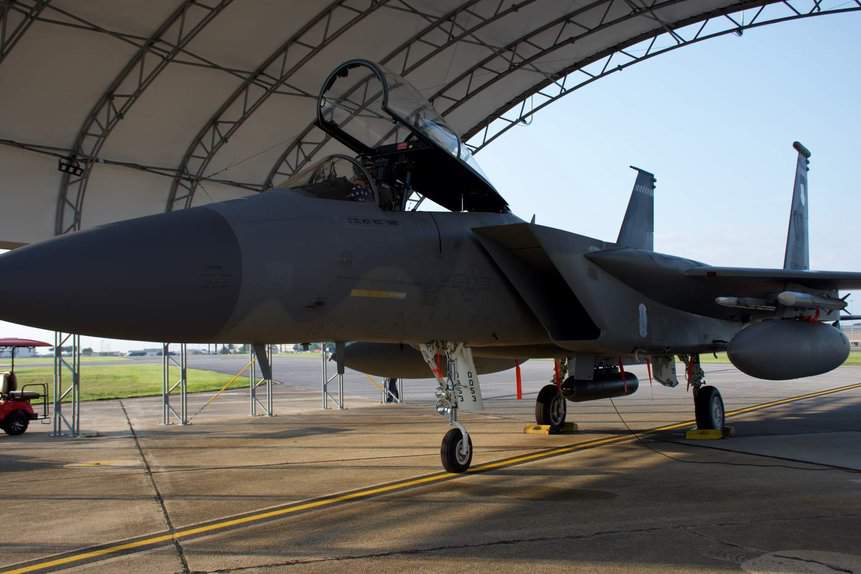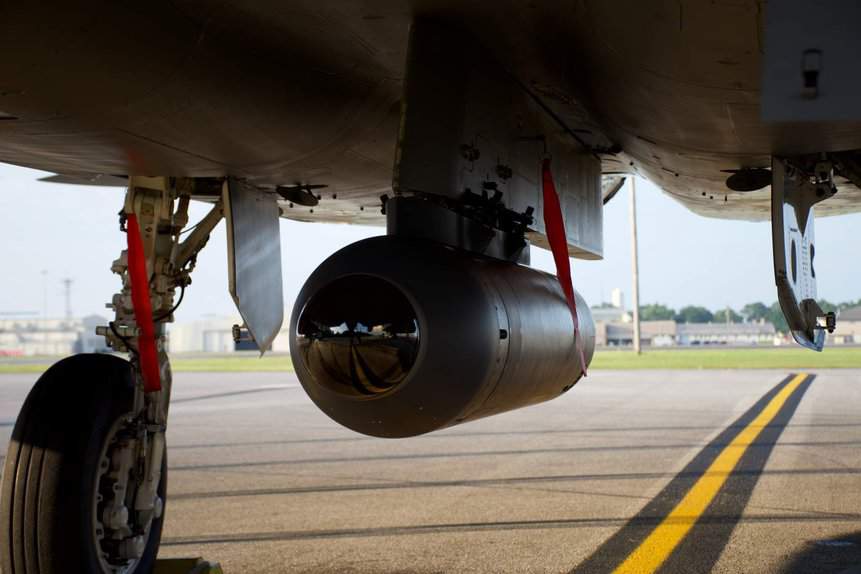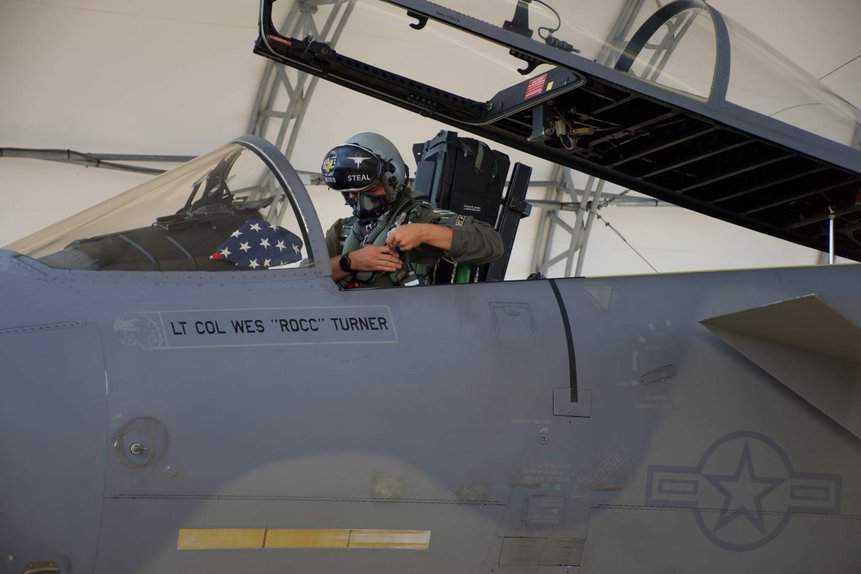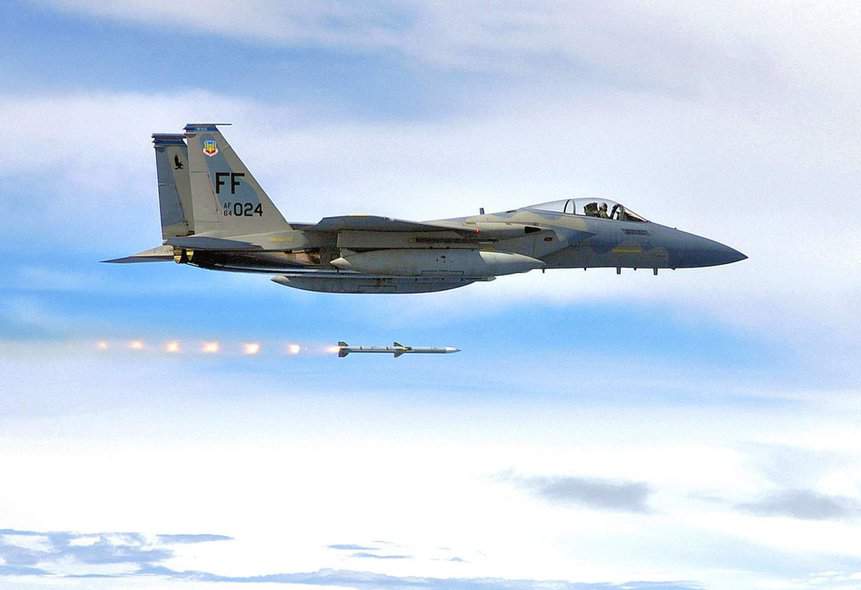An F-15C Eagle fighter from the USAF's 85th Test and Evaluation Squadron (85th TES) carried out the first fire of an AIM-120 AMRAAM missile guided by the infrared search and track system (IRST), successfully shooting down a QF- 16. The event took place on the 05th of August.
The IRST Legion Block 1.5 pod, developed and produced by Lockheed Martin, was loaded onto the center pylon of the F-15's fuselage. The sensor's passive tracking capability was combined with the fighter's AESA AN/APG-63v3 radar to transmit the target's location to the active radar-guided medium/long-range missile, explained Major Brian Davis, Chief of Tactics and Armaments Air-Air of the 85th TES.

“[The sensor] is also not susceptible to radio frequency interference or the low observability (stealth) design of a target”, said the aviator. “This successful test is significant because an F-15 equipped with an AIM-120 with IRST indication allows us to achieve detection, tracking, targeting, weapons deployment and verification of an intercept without relying on radar energy.”
The test also coincided with the field evaluation of the Legion Block 1.5 pod, where members of the Operational Flight Program's Combined Test Force and Squadron collaborated to test datalink characterization to further develop tracking tactics.
“This proves the ability of the Department of Defense and the United States Air Force to target an aircraft outside the electromagnetic spectrum of traditional radar”, said Lieutenant Colonel Jacob Lindaman. "Combining that with the ability to also adopt the Legion pod on any platform sets a precedent for what's to come."

The use of the IRST provides a great tactical advantage to the operator. With this type of sensor, already widely used in Russian fighters for several years, the aircraft can spot and track an enemy target through its infrared spectrum. IRSTs are passive sensors, so the enemy aircraft does not receive any alert that it is being tracked, unlike the search using radar. Using the datalink, the pod passes information from the target to the weapon. Still, IRST has less detection range and can be interfered with by weather conditions.

The successful test of the AMRAAM missile, one of the main armaments in the US arsenal, comes less than a year after the USAF successfully tested the Legion's integration with the AIM-9X Sidewinder. infrared) as well as the first flight of an F-16 equipped with the sensor, highlights the 23rd Wing, an organization based at Eglin Air Force Base, in Florida.
With Defense Visual Information Distribution Service
Do you want to receive our news firsthand? Click Here and be part of our Group on Whatsapp or Telegram.


